Low-impact architecture with a big impact on communities
Architect Richard John Andrews designs with climate change in mind and employs innovative sustainable materials like cork. Plus, his practice is giving something back to his local east London community.


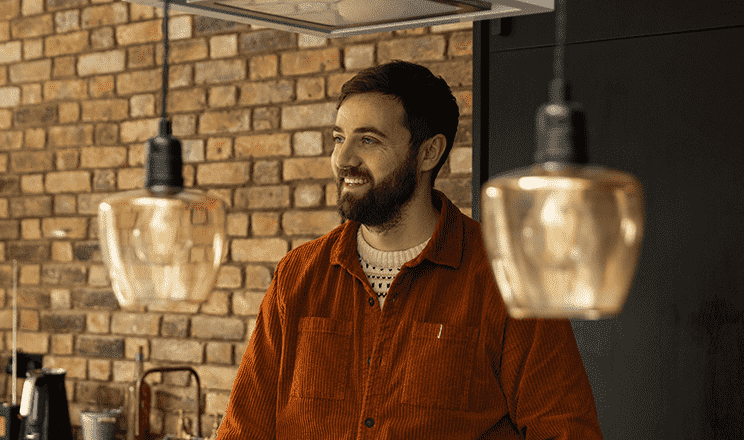
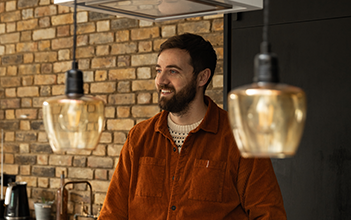
Young architect Richard John Andrews formed his practice in 2017, after working with Foster and Partners and British artist Conrad Shawcross. Over the six years that he’s been in business, Richard has seen the increasing effects of climate change, and it’s driving him to deliver solutions for a warming planet. “You have to design more for extremes now,” he says. “We’re having to design bigger gutters to cope with heavy rain, and think about building passive ventilation into our projects to keep houses cooler in summer.”
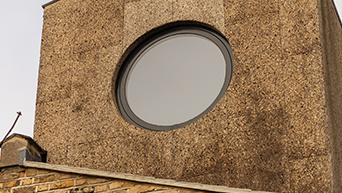
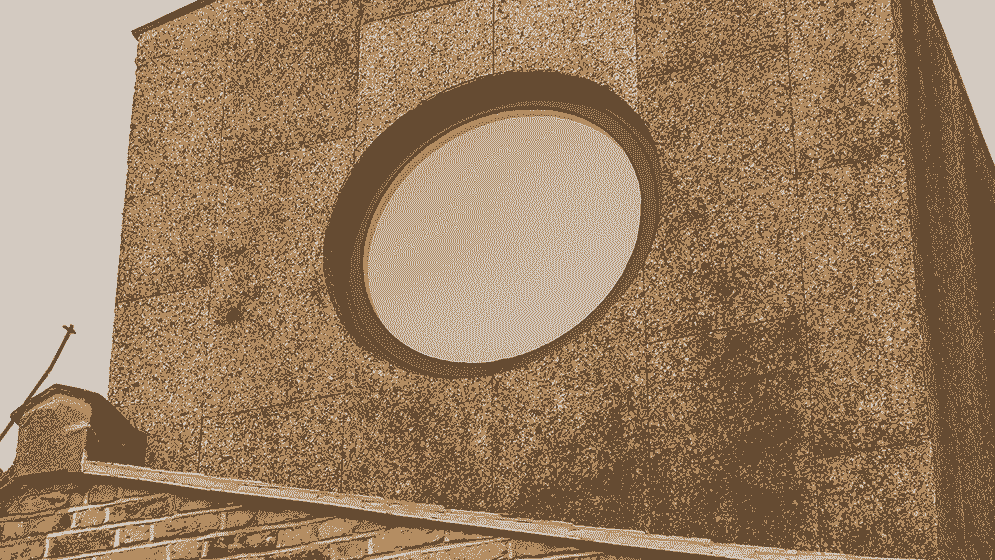
“We’ve been lucky,” he says, ”a lot of the clients who approach us are already passionate about sustainability. If someone comes to us with a budget in mind, I see it as part of an architect’s job to factor sustainable solutions into it.” Richard also practises what he preaches, using innovative sustainable materials where possible. His own house is a prime example – an imaginative remodelling of a once-scruffy east London terrace into an open, modern family home. It’s called The Cork House, because that’s the material he chose to clad it in. Richard’s a cork convert: “It’s an amazing material. The trees have a 300-year lifespan and can be stripped for their cork every 10 years – they’re incredibly resilient. Every time cork is harvested, it has captured five times more CO2.”
And there are more benefits to cork as a building material: “It’s known as the fire tree because of its pyrophytic properties – it naturally protects against fire. When we were building The Cork House, we had the building safety inspector round and I played a blowtorch over the cork for 3 minutes without any effect. He said, ‘Thanks – I’ve seen enough.’”
With a new baby on the way, Richard planned to do what many people do, and build up into the loft for more space. But instead of a hot, stuffy top-floor conversion, he’s designed The Cork House to utilise a natural chimney effect, pulling cool air up through the open cast metal staircase wells. “It works – last summer when it was 40°C outside, it was just 26°C in the top of the house!”
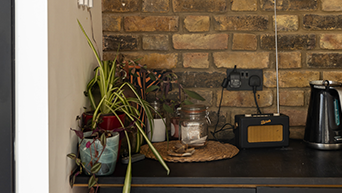
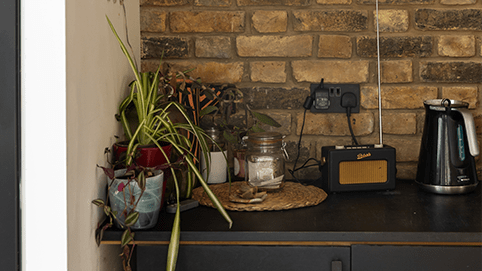
His house also features low-impact materials such as concrete castings hand-dyed with Indian ink, and a skylight over the bed which reduces the need for extra lighting. “You actually don’t need a blind – the roof is north facing, so it creates a very gentle diffused light, and it lets you wake up naturally.”
Richard’s offices, the nearby Forest Gate Works, also adopt low-impact principles – its birch frame extension is clad in OSB (oriented strand board) which is usually used as a backing for advertising hoardings. Heating is provided by infra-red panel heaters: “The idea is that they heat people and objects, rather than the space itself - so you can sit in a space that’s 14°C and feel like it’s 19°C.”
Richard’s take on sustainability doesn’t just extend to the materials he uses, but also the local area as a whole. His offices aren’t just a working space for his practice, they’ve become a community hub, providing daily desk and breakfast bar seating via a monthly all-access pass for locals looking for a reasonable alternative to home working.
“We’re getting to meet so many interesting and creative people. The old local community space Durning Hall is being redeveloped as housing, so we’re staging a series of events in the office, starting with a karaoke night. I was inspired by a trip to Japan before lockdown. They build communities around hubs like allotments and communal barbecue spaces – places where people can gather and socialise. I see it as my duty as an architect to work with estate agents, land developers and property finance companies to ensure the continuing livability of our area.”
It turns out that low-impact architecture can also have a big impact on communities.
See more Richard John Andrews projects at richardjohnandrews.co.uk